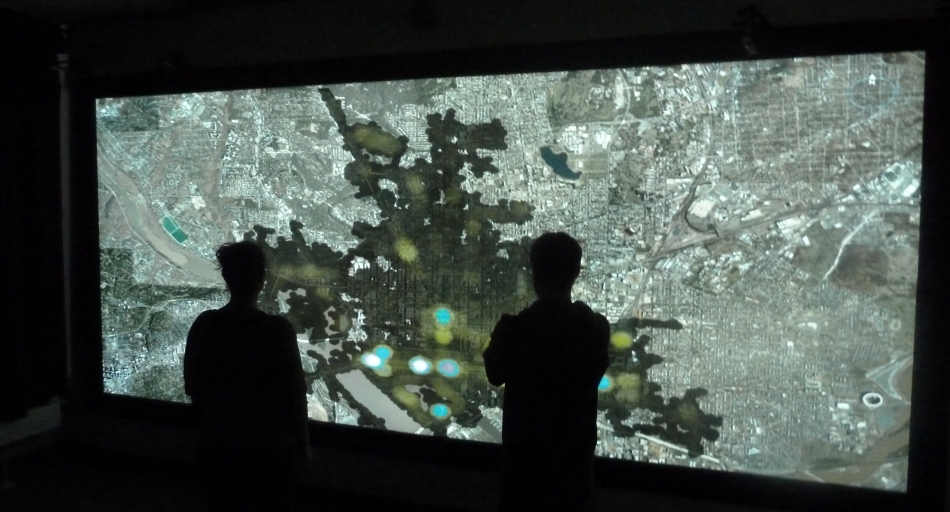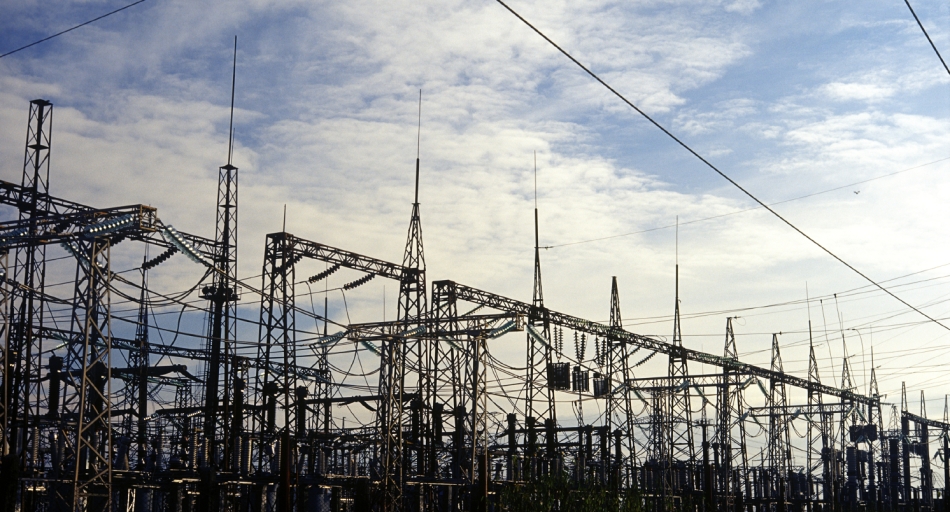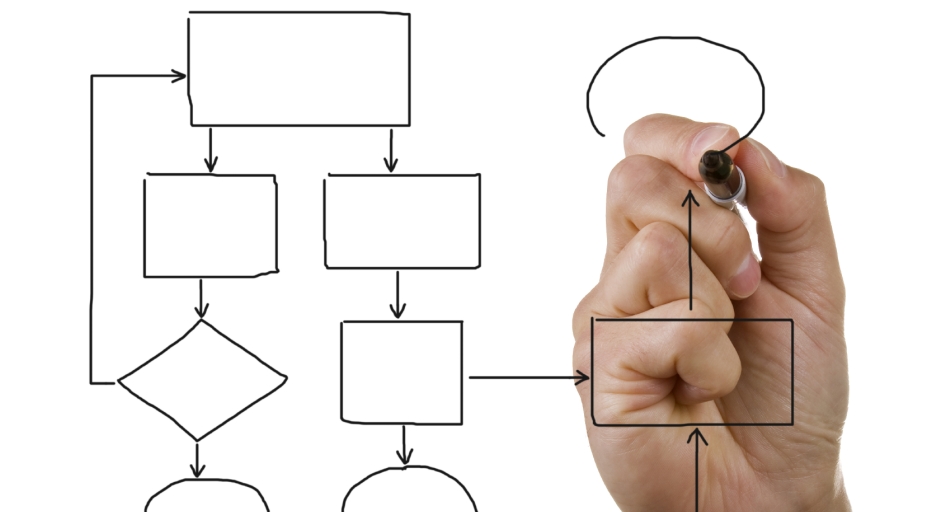Category Archives: Objectives
Visual Analytics

Visual analytics provides technology that combines the strengths of human and electronic data processing. Visualization becomes the medium of a semi-automated analytical process, where human and machine cooperate using their respective distinct capabilities for the most effective results. The user has to be the ultimate authority in giving the direction of the analysis along his or her specific task. At the same time, the system has to provide effective means of interaction to concentrate on this specific task. On top of that, in many applications different people work along the path from data to decision. A visual representation will sketch this path and provide a reference for their collaboration across different tasks and abstraction levels.
The diversity of these tasks cannot be tackled with a single theory. Visual analytics research is highly interdisciplinary and combines various related research areas such as visualization, data analysis, data management, data fusion, statistics and cognition science (among others). One goal of this project is to demonstrate that joining research efforts from these various fields can lead to novel, highly effective analysis tools, contributing solutions to the information overload problem in many important domains. Because visual analytics is an integrating discipline, the existing solutions in the area of critical infrastructures and crisis response will be integrated to support decision making in situations where multiple critical infrastructures are relevant.
Critical Infrastructures

Critical infrastructures are complex socio-technical systems. Their components and sub-systems are characterized by specific behaviors which result from the applied rules of physics, from technical specifications, and the established control regime. The resulting behaviors tend to be quite complex under normal and under exceptional conditions. Dependencies between critical infrastructures result in more complex behavior, including cascading failures and nonlinear effects. This holds for dependencies within the same sector and across different sectors. Power grids, telecommunication networks, transportation, food, public health, and logistic systems are tightly connected – but managed largely independently from each other. Failures in one network can propagate within this network; for example, blackouts in power grids, traffic contingencies in telecommunication or logistic networks. More significantly, they can propagate to other critical infrastructures (CI) within the same domain (power blackouts) and to depending CIs in other sectors (power blackouts or telecommunication failures affecting all other CIs). Risk in one network directly influences risk in a depending one. Whereas information management and control within one critical infrastructure is well adapted to the needs of risk management within its own network there is currently no appropriate approach towards a holistic risk management taking risks from different critical infrastructures into account.
Things are already complex today – and they will get even more complex in the years to come. New technologies and system structures are evolving:
- in the power sector regenerative and distributed energy production, large distances of power transport, power trading, smart metering and smart grids
- in telecommunication networks an integration of telecommunication, Internet, and mobile networks
- in logistics a significantly increased role of information and communication technologies
- In food safety and protection, logistics management, efficient distribution and interconnected production networks, lead to consumer items with ingredients from dozens of countries that can travel from field to table in only a few days with interrelated dependencies on computer networks, transportation networks, logistics, energy, and finance.
Information and Communication Technologies

Even more than today, information and communication technologies (ICT) will form the information and control backbone of all critical infrastructures. This generates new opportunities for their effective and efficient management. But at the same time it generates new vulnerabilities. A loss of ICT functionality will severely influence the operation of critical infrastructures. Until recently, large critical infrastructures operated on their own, independent information and control infrastructures. In the future this will be possible only in rare exceptions (for instance, for the European transnational power grid). Most critical infrastructures will rely on external telecommunication networks not under their own control. This generates new dependencies which need adequate treatment.
Information Management

A key issue for the management and control of such large complex critical infrastructures with their manifold dependencies is information management. For information management within one critical infrastructure the currently existing approaches have to be extended and adapted to the new needs in future networks. The usage of external ICT networks and the growing complexity of information to be managed are the main points. Much more information from different sources has to be processed in much shorter time intervals. Equally important,information from depending critical infrastructures has to be provided and processed in a form enabling holistic risk estimation and management.
Management and control of large complex critical infrastructures are done today by highly skilled and trained experts with significant and indispensable support from sophisticated highly adapted ICT systems. These systems provide three main functionalities:
- collection and processing of all incoming information from the own network and from related networks
- analysis of information according to highly adapted, special purpose built-in procedures
- presentation of information and results in an appropriate form to the human experts.
Information Modelling

A key issue for such an integrated approach is information modeling. Today’s simulation systems are based on special purpose data models based on the needs of the respective critical infrastructure. These models look different for power grids, for telecommunication systems, and for logistic simulators (and for other CIs). In order to manage and simulate dependent CIs an integrated model is needed allowing the integration of the different special purpose models. These integrated models have to be run on simulators which enable the simulation of complex system behaviors in dependent CIs. Different scenarios can be simulated as sequences of events and actions within one CI or crossing the borders between them.
Such federated simulations provide a new integrated component of visual analytics. Not just data but comprehensive simulations of complex system behaviors can be used as basis for complex but highly adapted analytical investigations and special purpose presentations to human decision makers. Novel visual analytics systems to be developed within the proposed collaboration will tightly integrate CI simulation and analysis with advanced visual interfaces to support effective decision making by the human.
Decision Making
 Even with sophisticated information and control systems, decision making in critical infrastructure management is a challenge. This holds for normal and near-normal operations, and even more for crisis management. The system behavior is too complex to be fully accessible by human intuition. Though human expertise is an indispensable pre-requisite to manage such complex systems, the analysis of system behavior and the prediction of changes need special purpose simulations which take the specific modes of system behavior into account. That’s why CI information and control systems include special purpose simulations (such as, for instance, N-1 contingency analysis in power grids). They are an essential pre-requisite to understand and manage the complexity.
Even with sophisticated information and control systems, decision making in critical infrastructure management is a challenge. This holds for normal and near-normal operations, and even more for crisis management. The system behavior is too complex to be fully accessible by human intuition. Though human expertise is an indispensable pre-requisite to manage such complex systems, the analysis of system behavior and the prediction of changes need special purpose simulations which take the specific modes of system behavior into account. That’s why CI information and control systems include special purpose simulations (such as, for instance, N-1 contingency analysis in power grids). They are an essential pre-requisite to understand and manage the complexity.
Today, these simulation systems are highly adapted to the specific domains. They are based on the assumption to completely know the state of their critical infrastructures. Both assumptions are not adequate for dependent critical infrastructures with external ICT systems. They are not suited for holistic risk management in such dependent networks of networks. What is needed is an integrative information management with federated simulations bringing the different system behaviors together.
